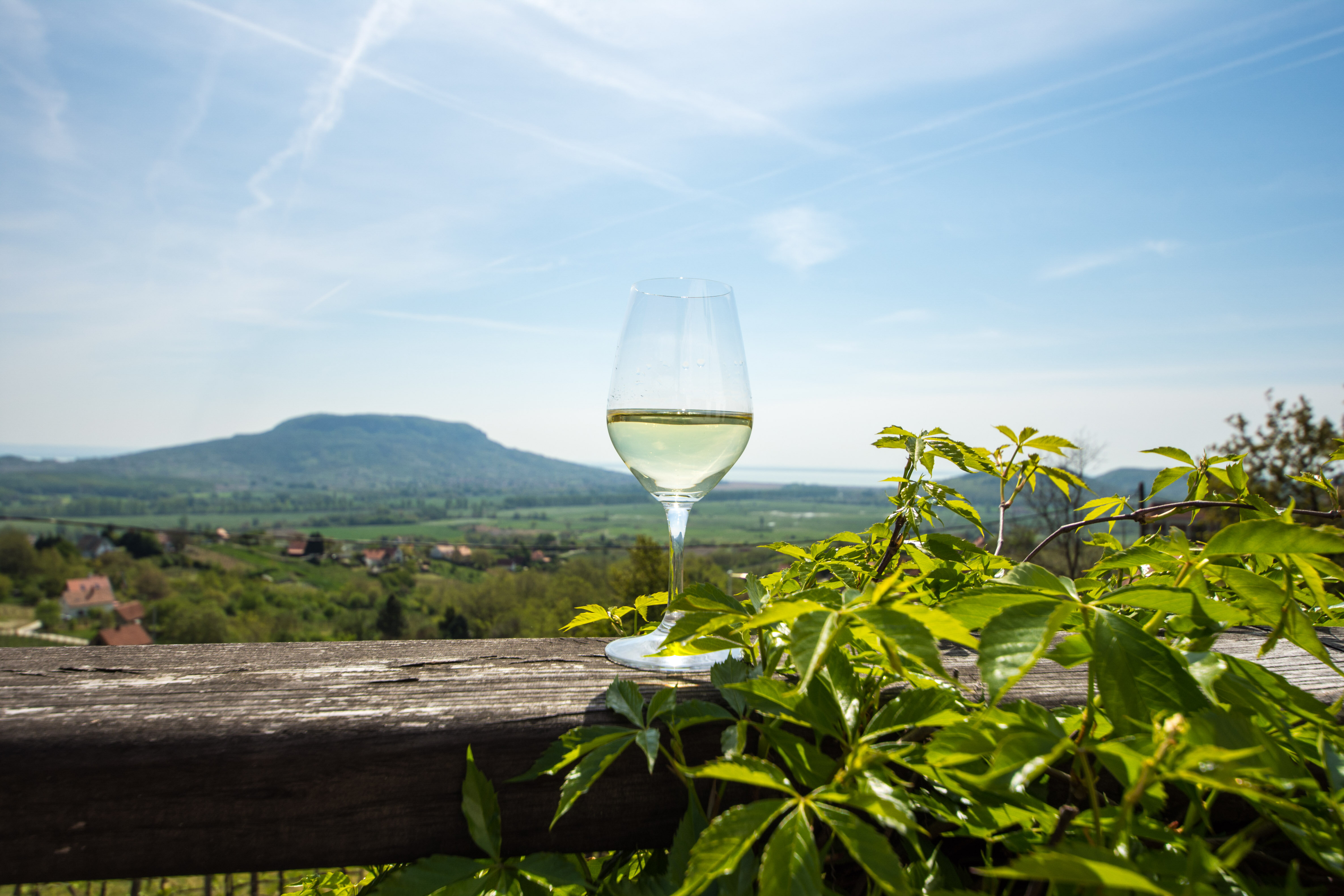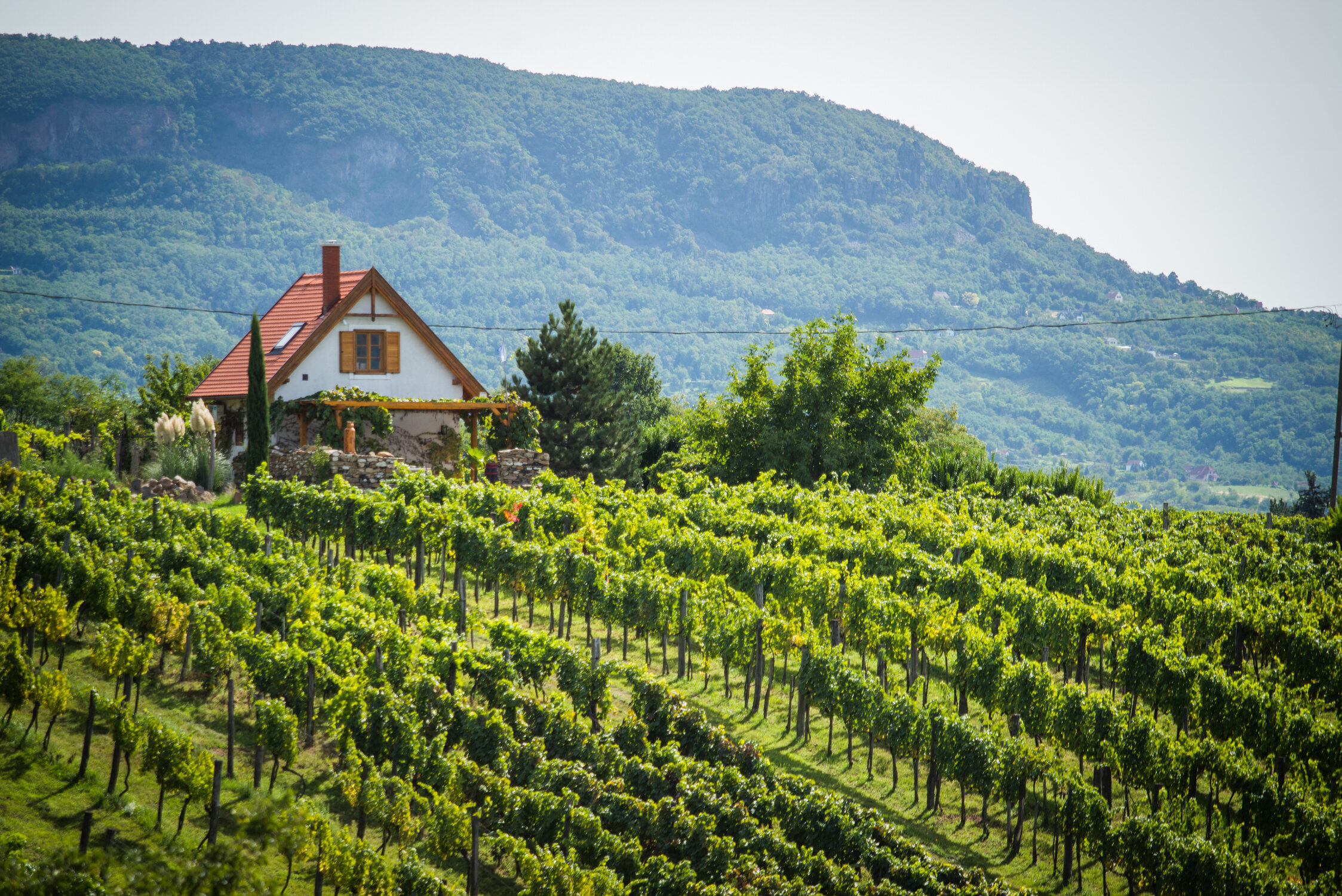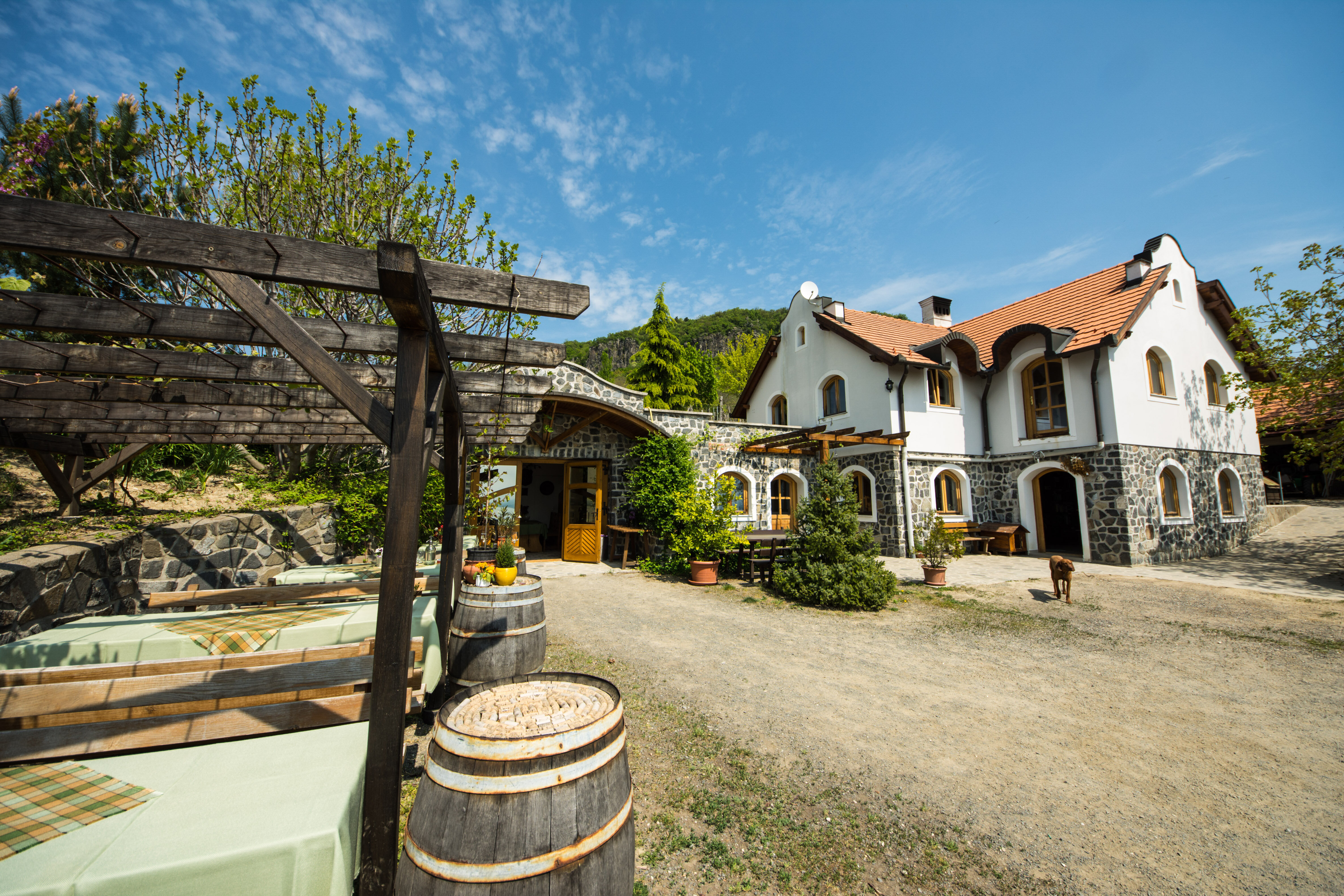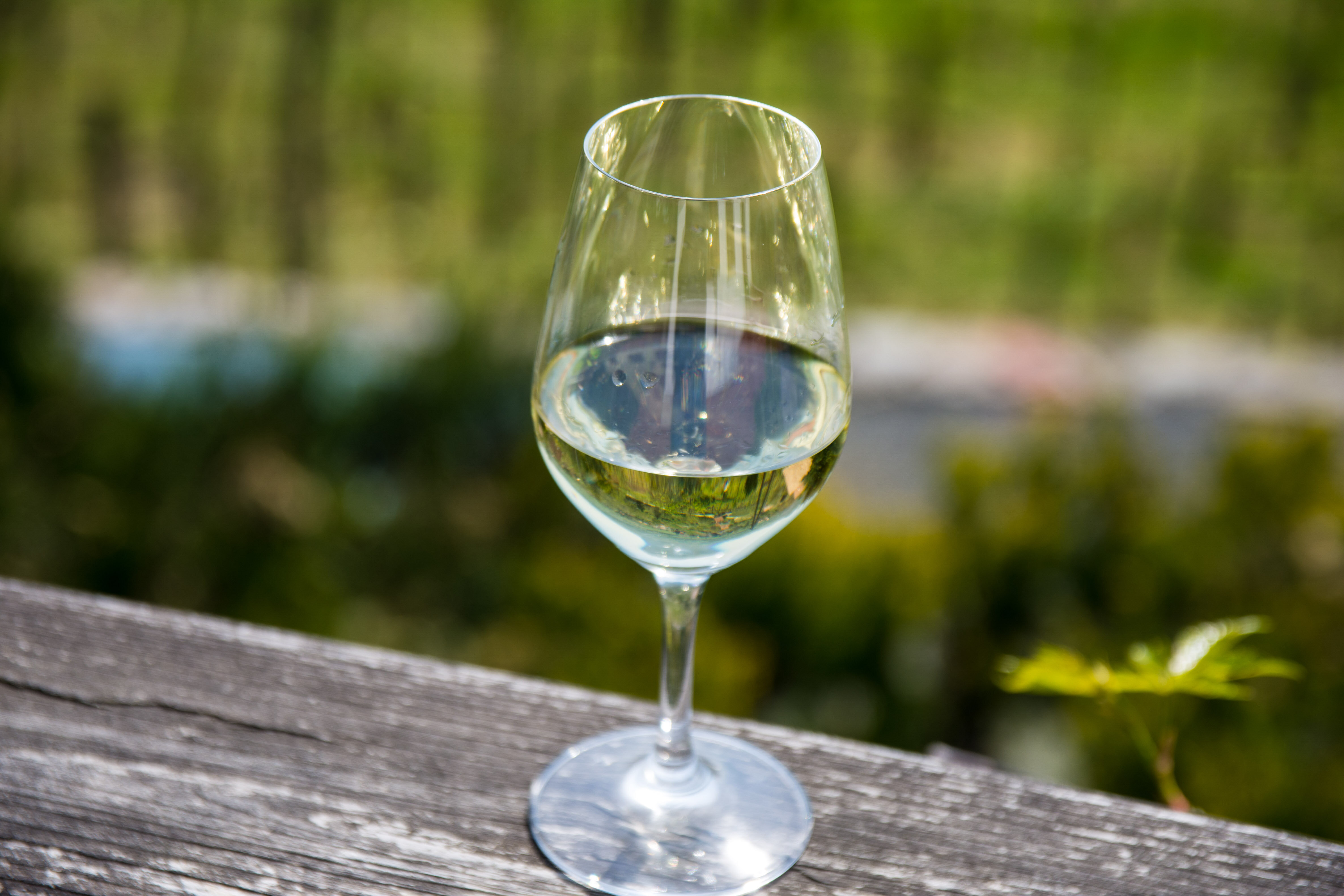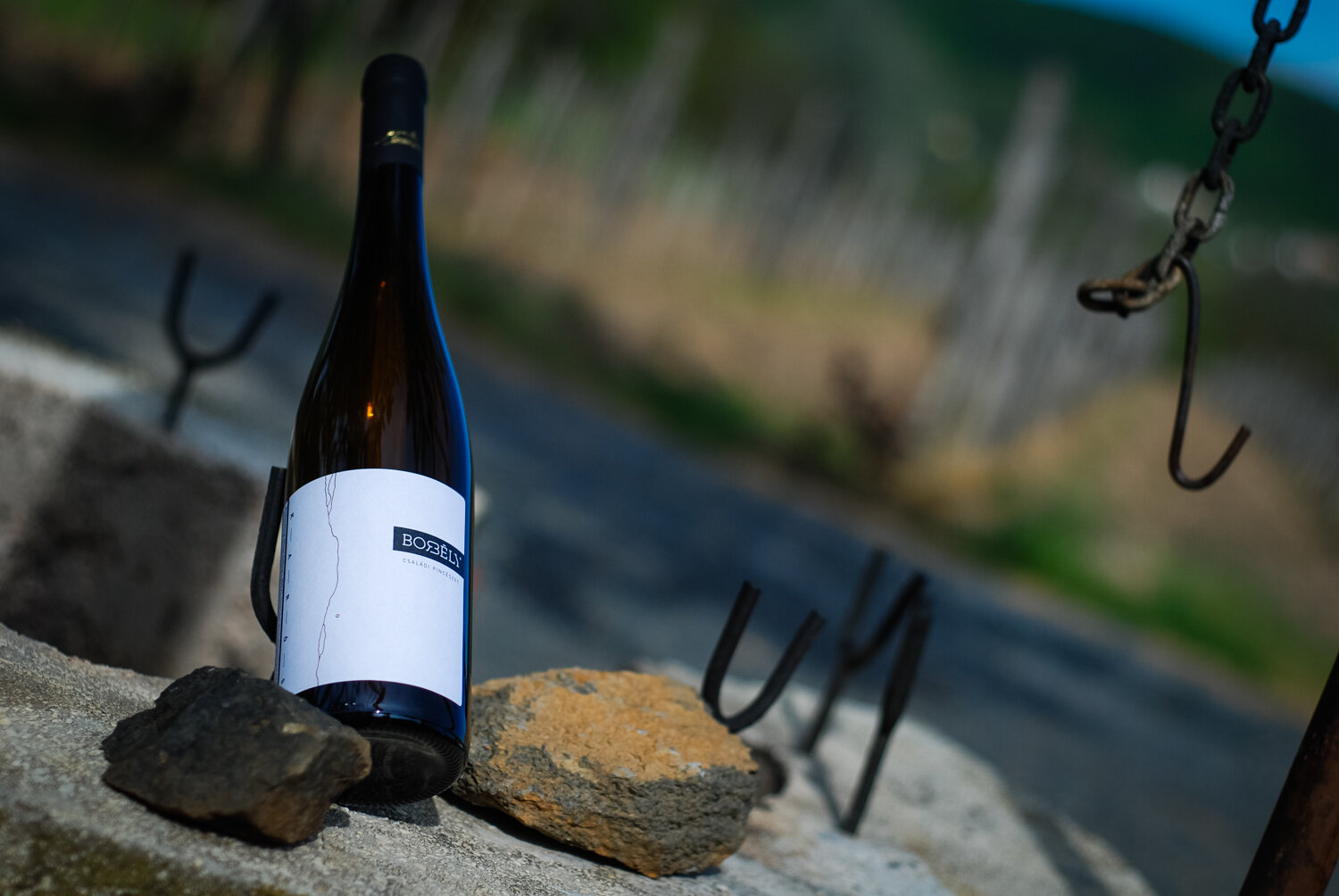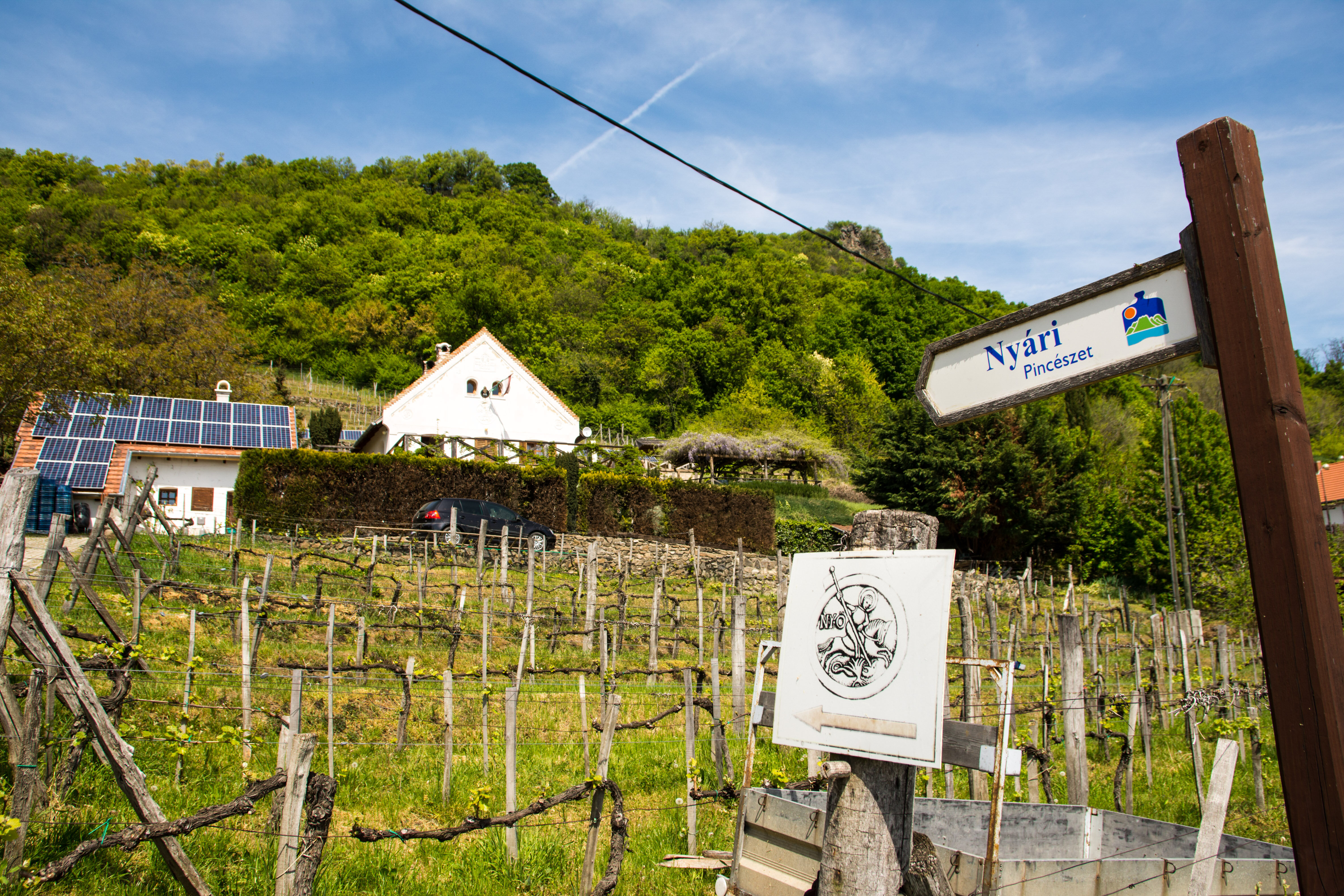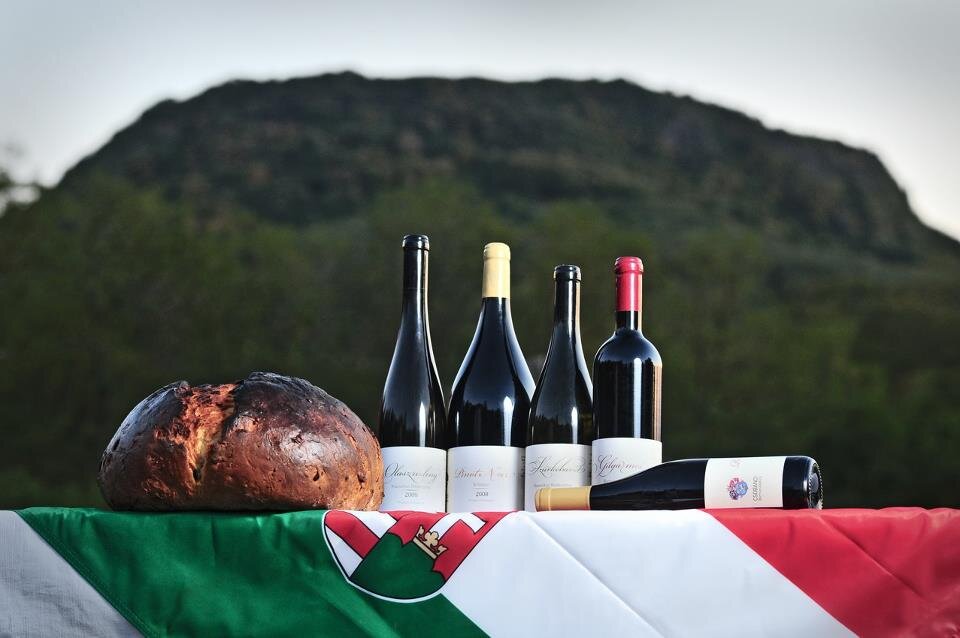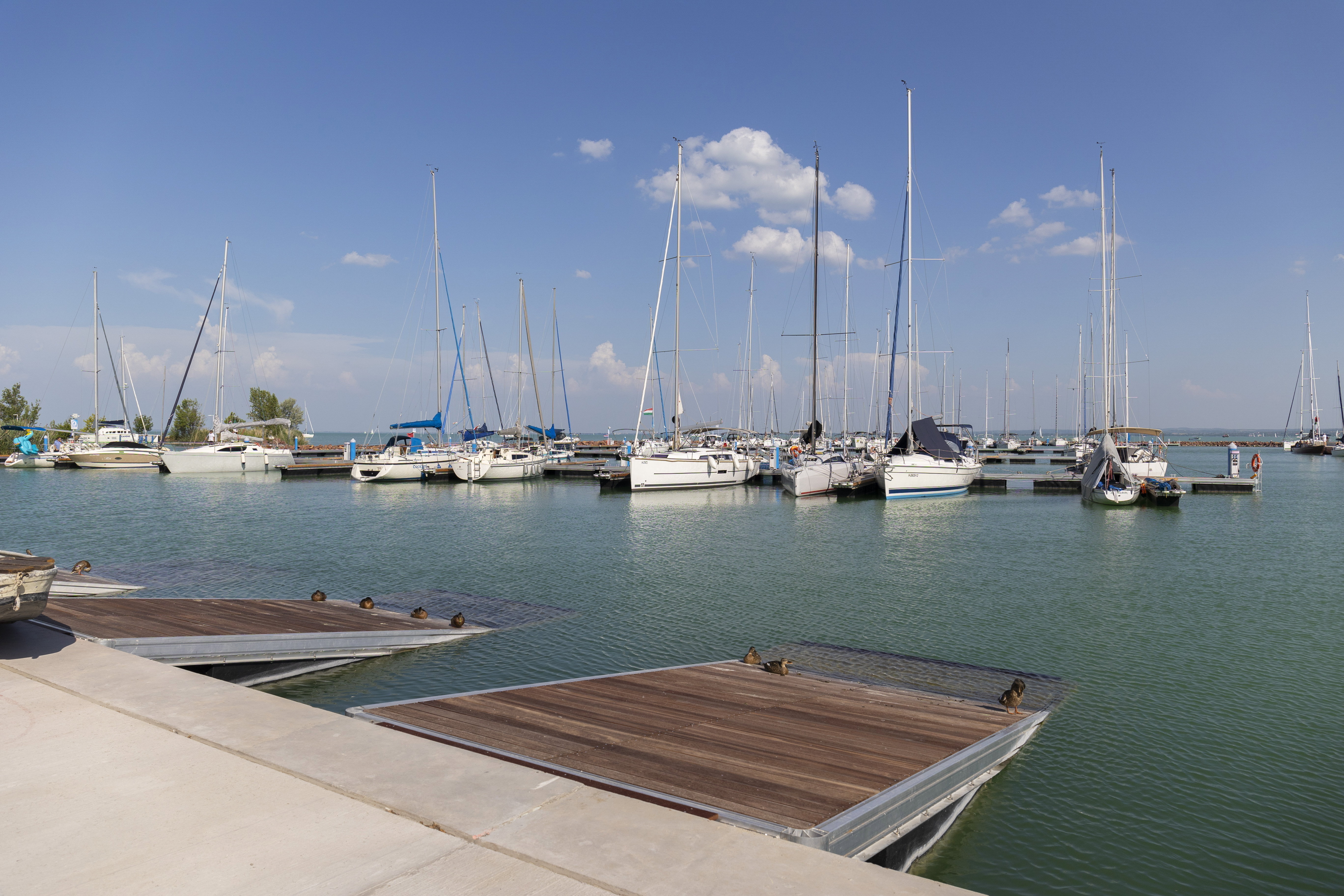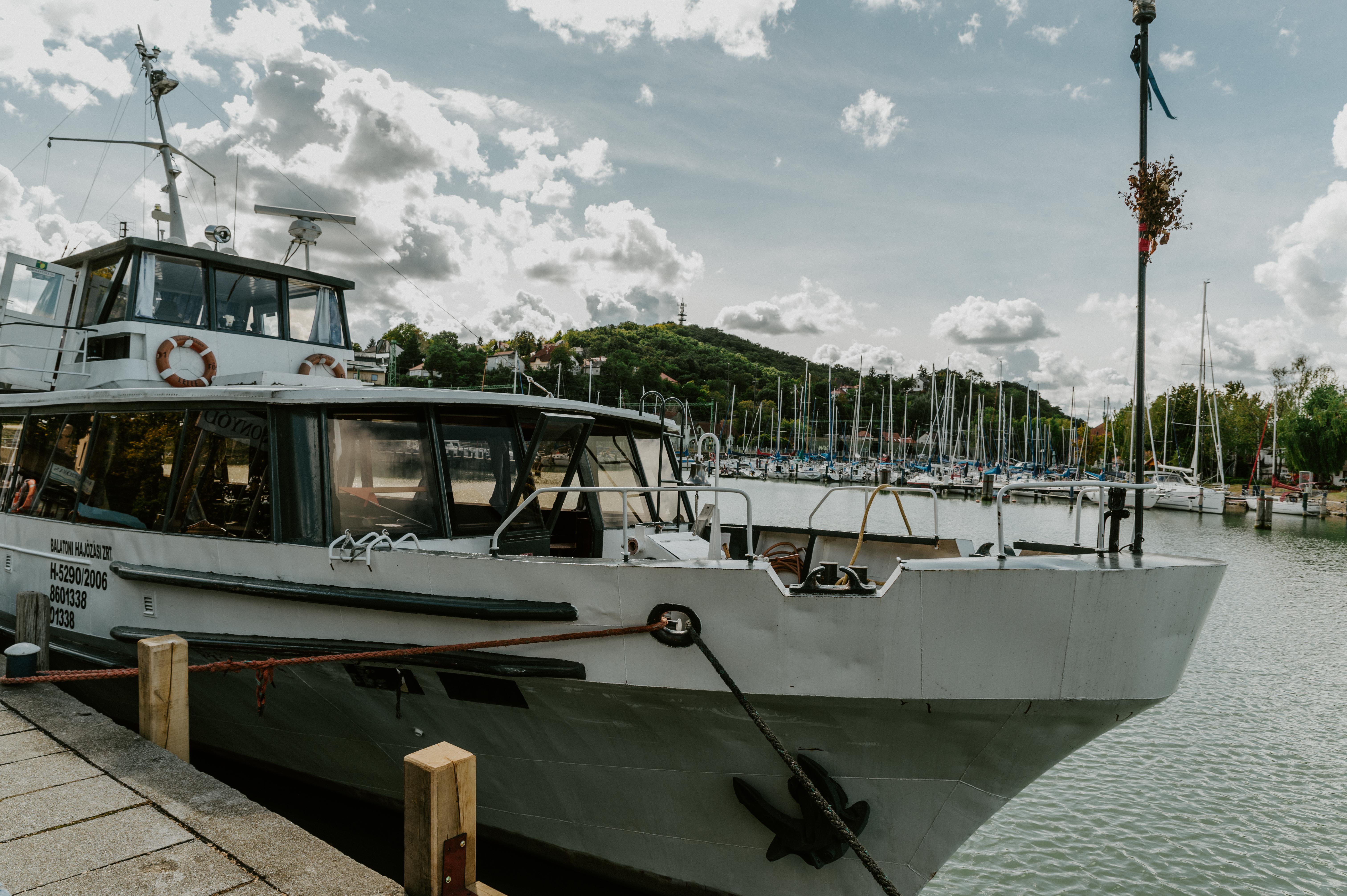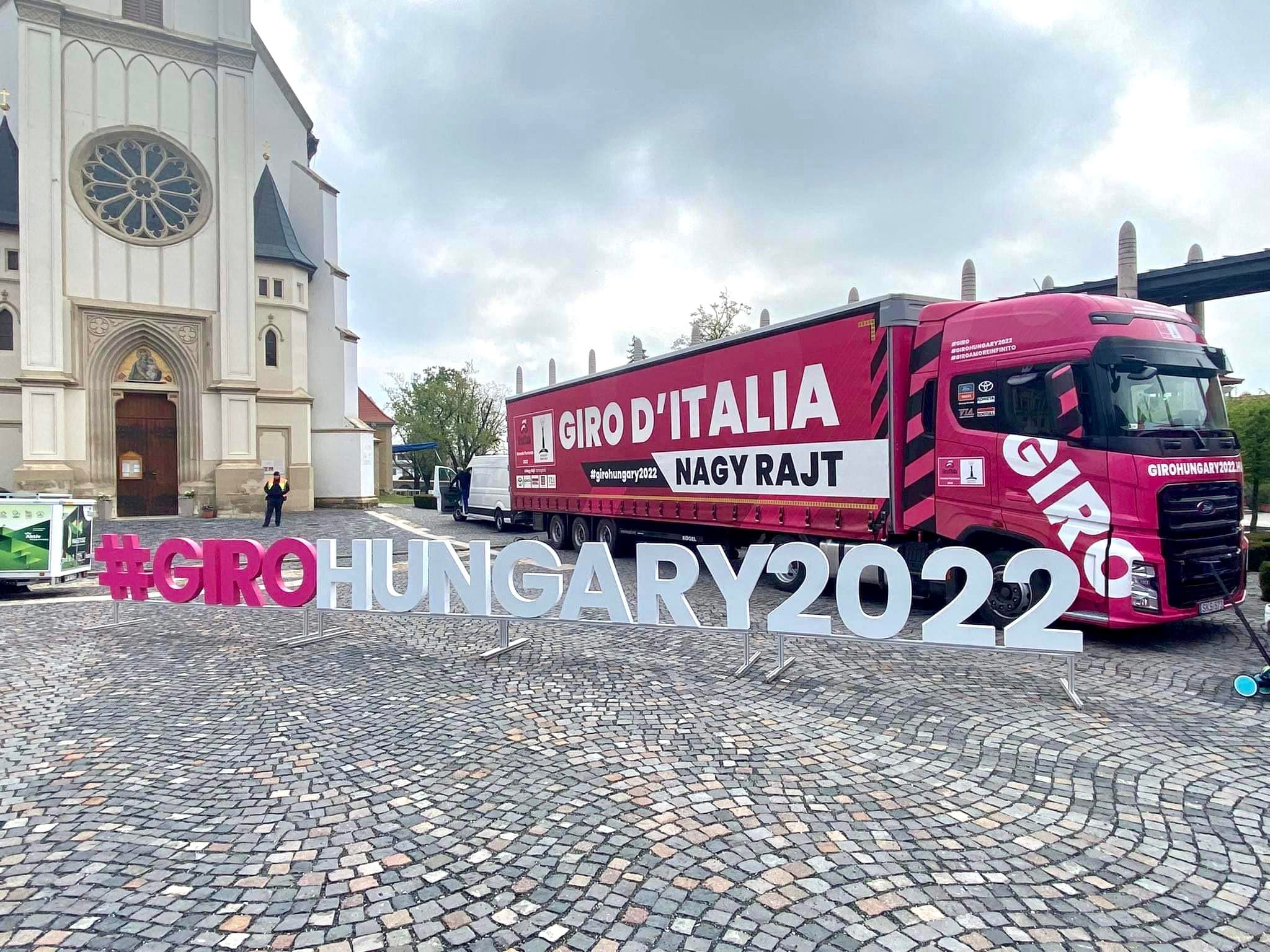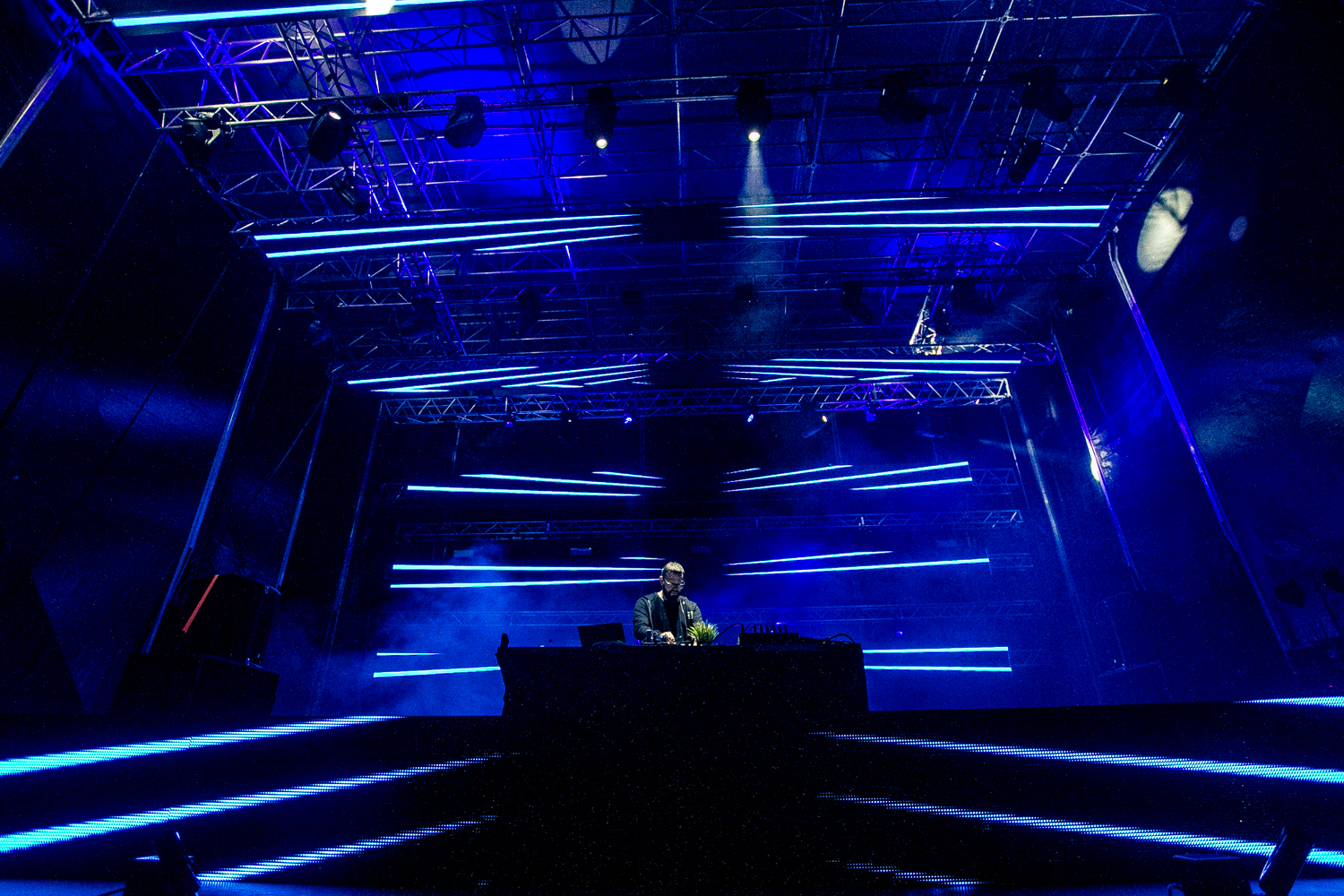On April 6 we popped down to the Badacsony in New York wine tasting to look for top-notch items made by lesser-known wineries. In addition to the Badacsony-based producers, the event also featured the cream of Csobáncs and Szent György Hill, regions that are also part of the same wine-growing area. We found quite a few hidden gems: the light Welschriesling of a molecular biologist was our absolute favorite, and we sampled one of the country’s most coveted Pinot noirs as well.
1/6
Bencze Family Estate - Rheinriesling 2013
After falling irrevocably in love with unique Szent György Hill, István Bencze founded his family estate on a 0.3-hectare plot of Welschriesling in November 2011; since then he’s added a couple of splendid guesthouses as well. The tiny property has grown into a 20-hectare vineyard, which István has worked in an organic way since the beginning. “Just like with people, it’s crucial that you pay attention to boosting the immune system of grapes because it’s part of nature. An active edaphone is very important; it plays a decisive role in shaping the extract and mineral content of the wines and the potential of the growing area,” he says.
István’s Rheinriesling is one of the most successful vintages the wine region has yielded in the past few years or even decades. Due to the fact that part of the wine was matured in barrels, while the rest was aged in tanks, this is a fresh, fruity item that also has a mature, spicy taste. We think it was one of the best whites offered at Badacsony in New York.
2/6
Málik Cellar - Kéknyelű 2013
“Kéknyelű is the past and the future of Badacsony,” believes Zoltán Málik. The winemaker only uses wooden barrels to ferment and age his wines, and he’s convinced that “the reputation of the wine region can only be restored with serious, dry, wooden barrel whites made from the traditional varieties of the area”. His Kéknyelű is complex, powerful with dominant notes of basalt and dried fruit – it’s not for beginners or for everyday occasions.
4/6
Borbély Family Winery - Rózsakő 2015
The respect and love of the landscape of Badacsony, the grapes, and the wines have been at the core of the Borbély family’s business. Gyula and Gabriella Borbély planted their first grapevines in 1981 in Badacsonytomaj, on a plot they received as a wedding gift from the family. They were obviously fully unaware that the area would later become the center of their estate. Tamás Borbély, who’s been nominated several times by the Hungarian Wine Academy for the Winemaker of the Year award, tends the grapes and makes the wines together with his father.
Rózsakő emerged as a result of breeding in 1957, but it’s not a widely known variety. The name is connected to the legend of Rózsakő (literally meaning Rose Stone), a flat basalt block found above Kisfaludy House, which the locals believe to have magical powers.
Only 600 bottles exist of this wine, and it’s highly likely that they won’t be available anywhere else but the cellar. It’s a real specialty with a flowery fragrance, a fruity taste, and a salty finish.
5/6
Nyári Cellar - Hárslevelű 2015
The story of the cellar began in 1978 when Ödön Nyári Sr. purchased the 0.4-hectare plot that forms the basis of the current 7.5-hectare estate. First the family grew three varieties, namely Welschriesling, Chardonnay, and Pinot gris, and later they expanded the selection with Cserszegi fűszeres, Rheinriesling, Kéknyelű, and Hárslevelű. Most of their wines are made with reductive technology, but with the completion of the ászoktér (cellar room) in 2008, the winemakers can now experiment with barrel fermentation and aging. Sampling the 2015 Hárslevelű of Ödön Nyári felt like biting into a juicy nectarine.
